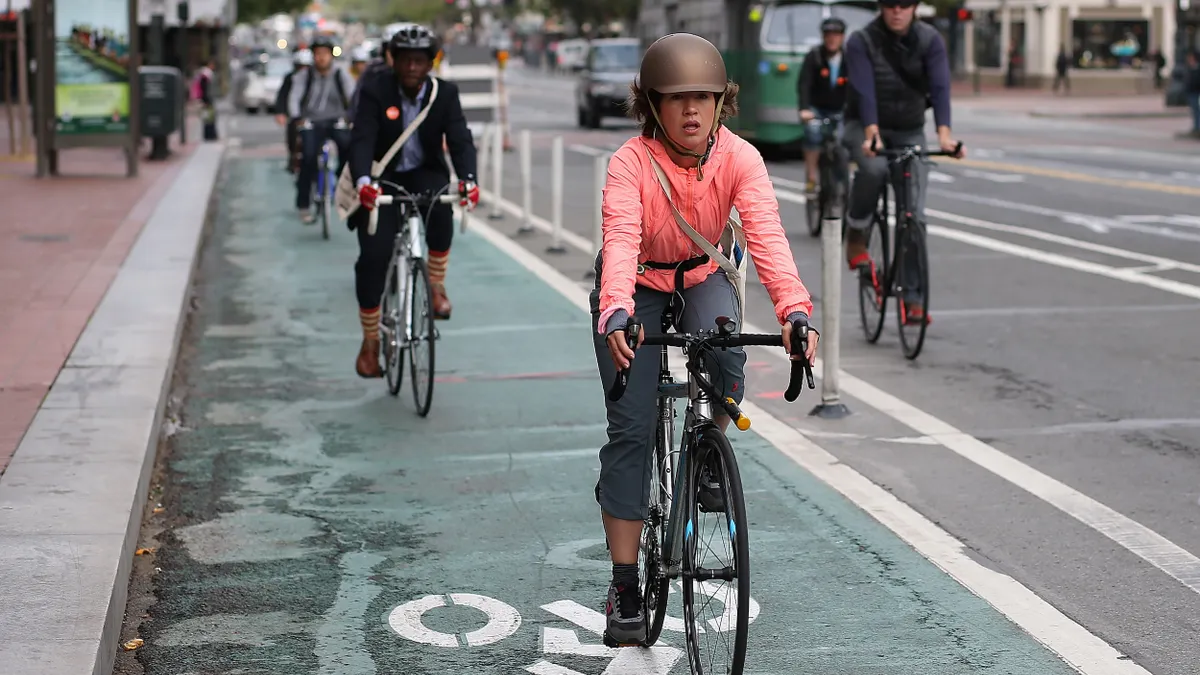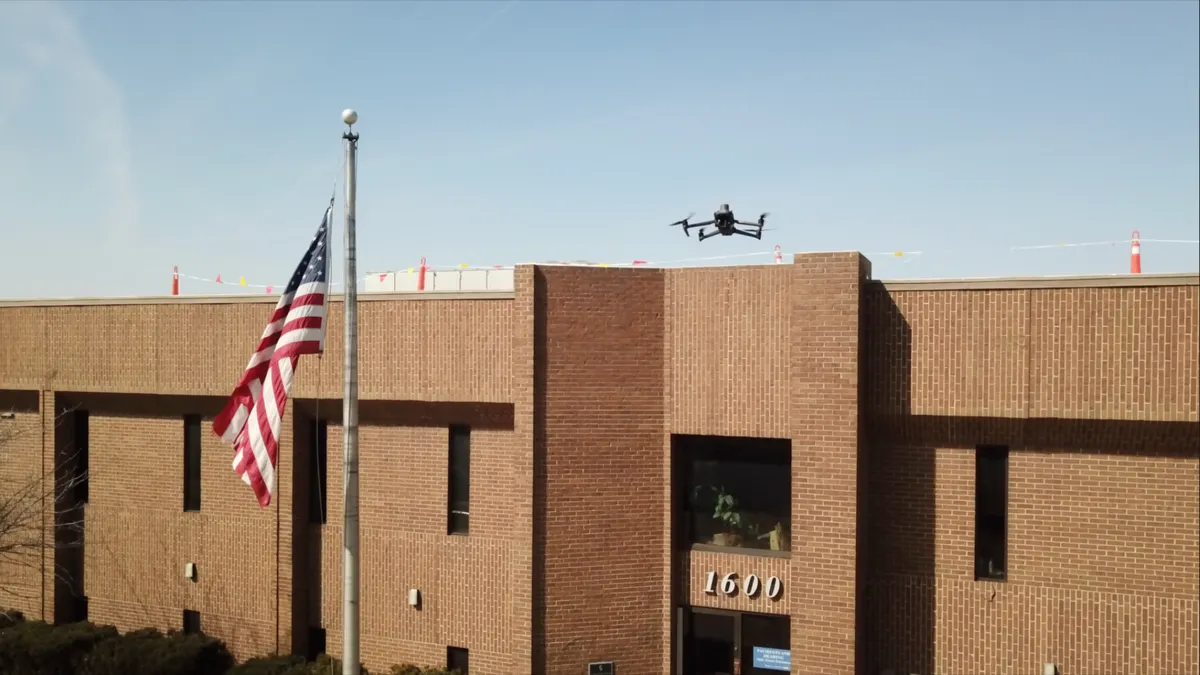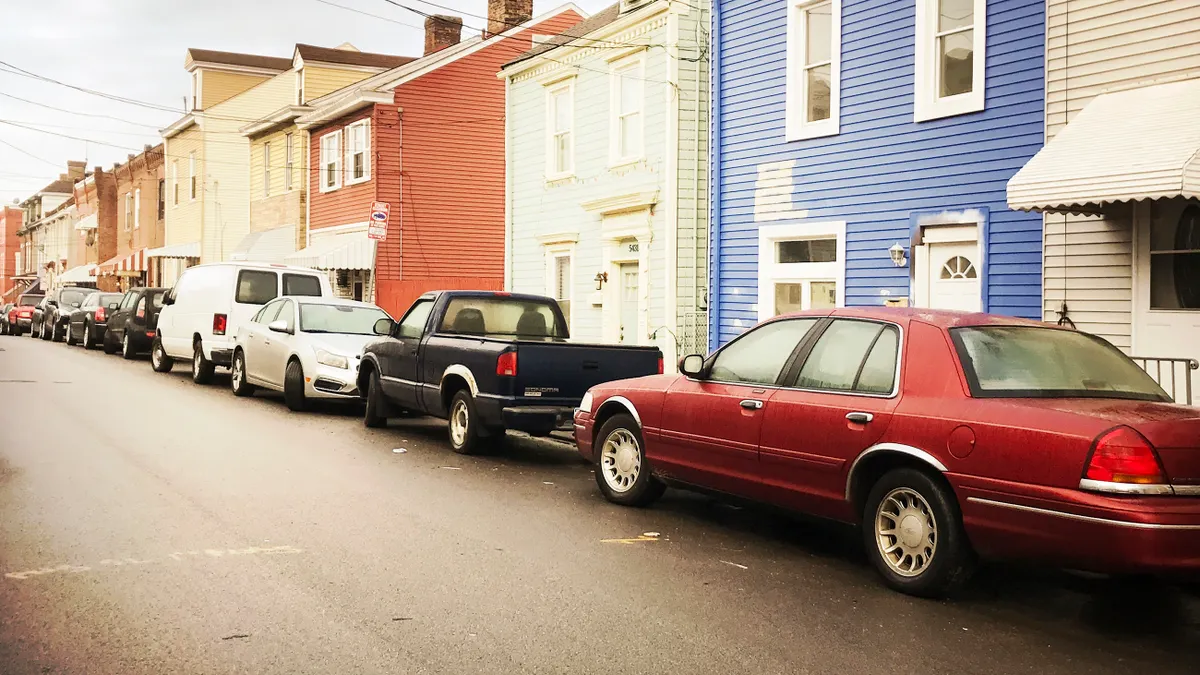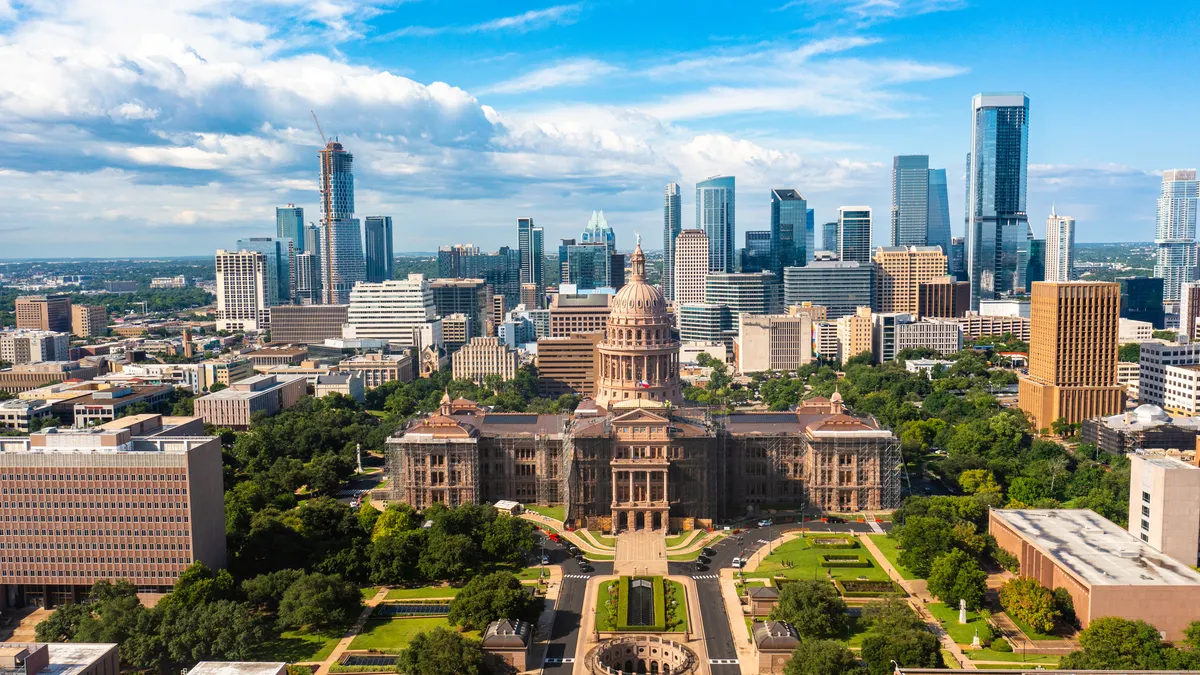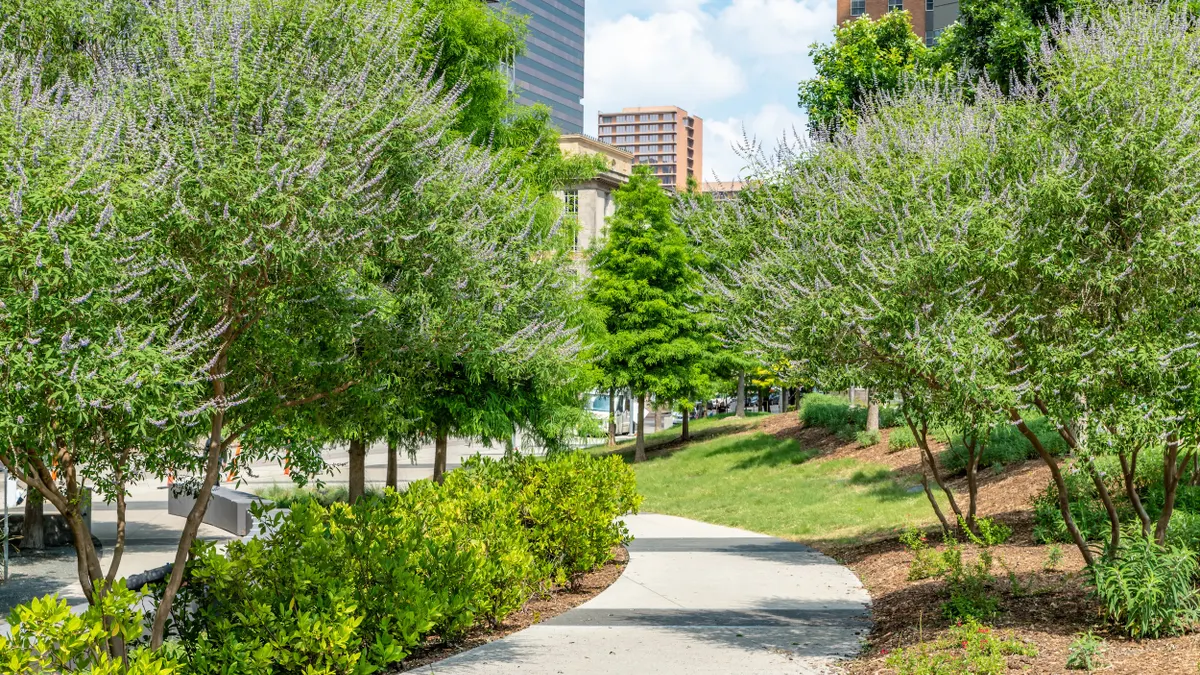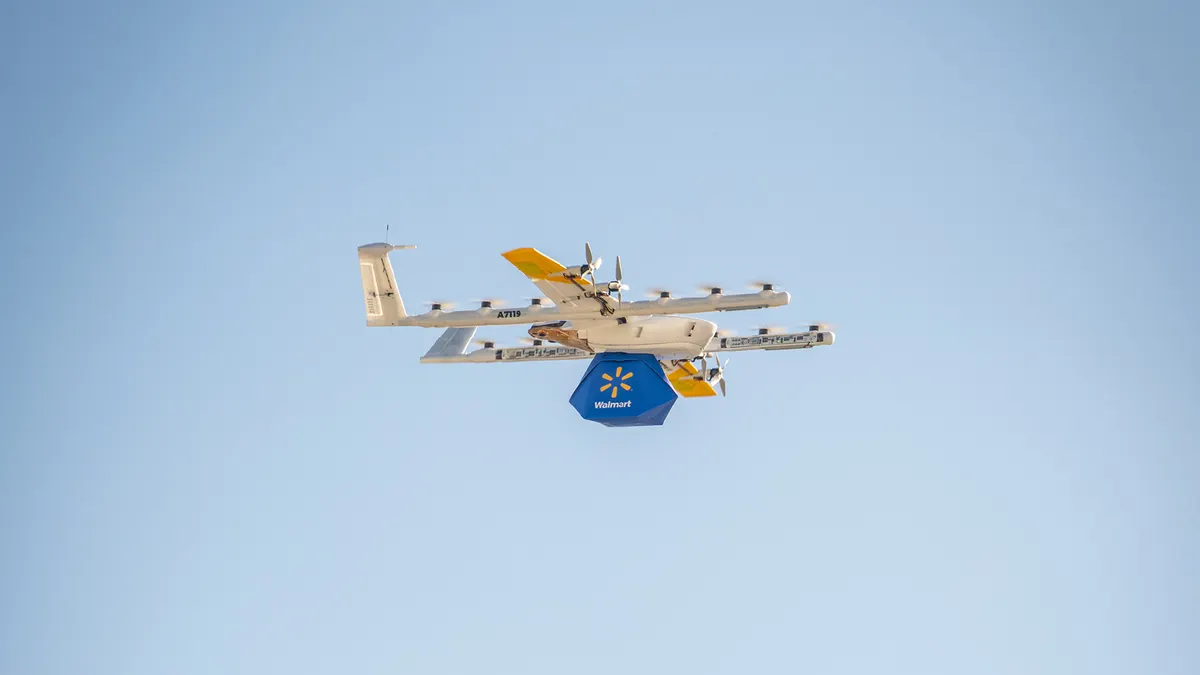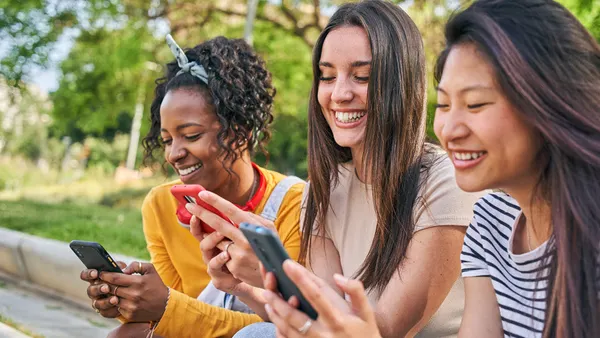Editor's Note: The following is a guest post from Ubirider CEO Paulo Ferreira dos Santos and HypeLabs CEO and Co-Founder Carlos Lei.
A smartphone is – amongst other things – a collection of sensors that can pinpoint a user’s location and detect the presence of others in the immediate vicinity.
More importantly, nearly everyone owns a smartphone. It’s precisely this ubiquity that make smartphones so useful for contact tracing efforts aimed at halting the spread of COVID-19. Recent research on the spread of the novel coronavirus came to the conclusion that the pandemic can be controlled with mobile apps that can tap into cellphone location data to track the spread of infection and warn those who may have been exposed.
Have you just taken a carefree trip to a supermarket where – unbeknownst to you – 20 of your fellow shoppers had COVID-19? The contact tracing app on your phone will alert you, allowing you to then take necessary next steps such as getting tested or immediately starting a preventive quarantine.
Cities and states, even entire countries, are able to set up free contact tracing systems in minutes using apps that have recently been developed. The contact tracing apps usually connect device to device, even to ones without an internet connection, and assign each device an ID number that is different from the user's cellular number, guaranteeing anonymity. Crucially, no personal information is ever shared.
Many countries — and some parts of the United States — have already set up or are preparing to launch contact tracing systems. They realize that contact tracing, when handled appropriately and with total respect for user privacy, can support the reopening of economies and efforts to shift societies out of lockdown. But what role will contact tracing play afterward?
A turn toward transportation
Mobility is the lifeblood of the economy, and getting people moving again is essential — but it needs to be done safely and smartly. Leveraging digital platforms and infrastructure to sense people’s locations and surroundings makes this possible.
Life will of course look a little different once the doors finally creak open and the wheels of the economy start turning again. Certain protective measures will be needed to bolster public health and safety, and to prevent a new spike in infections from occurring.
These measures include a new approach to transit and mobility. We cannot just open up all cities and allow 200 people to pack inside a train on their favorite metro line, like they may have done three months ago. That just doesn't make sense anymore.
During the post-lockdown period – when the risk of infection has lessened, but hasn’t fully disappeared yet – transit agencies and operators will need to carefully control the number of people inside a given subway, bus or train station to protect public health while still allowing the economy to come back to life. That is where contact tracing has another important role to play.
By tapping into digital infrastructure that exists, transit agencies and operators can use apps to better trace the movement and flow of passengers across a variety of transit and mobility modes, allowing the transit organizations to make necessary service changes and adjustments that support pandemic mitigation efforts.
This might mean tracking the number of people boarding a 75-person capacity bus to ensure only 25 people can ride at any given time to enable proper social distancing. It might also mean taking a bus or train out of service for disinfection if a certain threshold of passengers have ridden it or if an asymptomatic passenger who later tests positive is determined to have ridden it within the past 48 hours.
The ability to track the flow of people in real time might also enable a world where "transit by appointment" becomes the norm. In this model, transit operators keep a tab on how many people are on board their bus or train, or are waiting to board at a bus shelter or train station. Rather than hopping on the first available train or bus, passengers buy a ticket for a specific train or bus, which helps intelligently control the flow of people.
As alluded to earlier, user privacy is critical. Fortunately, the right enabling technology allows these actions to be carried out without collecting personal data. There’s no need to know age, gender or any personal information about the user for transportation to take this next leap forward.
Improving a post-pandemic world
As life slowly returns to normal, towns and cities will find that contact tracing can continue to be leveraged to optimize multiple aspects of public systems and civic life, removing friction and making things run more efficiently. Future uses could include monitoring student attendance at schools, optimizing traffic flow or even helping people avoid making a trip to a crowded supermarket.
Real-time location data can pay dividends in multiple areas. From schools and supermarkets to transportation providers, this is an opportunity for unique and unlikely partnerships, not just between these entities and technology providers, but amongst the technology providers themselves. For example, a mobility-as-a-service platform and a mesh networking company that may have never thought about working together can come together to leverage natural synergies and see how the fruits of that collaboration can be implemented in the public sphere.
Ultimately, contact tracing shouldn’t be viewed as a one-time fix for addressing the coronavirus pandemic. It should be viewed as a valuable tool that can be used over the long term – first for addressing the public health crisis in front of us, then for other logical applications like transportation, and finally for multiple aspects of daily life.
With properly implemented contact tracing, there’s nothing to lose, and so much for society to gain.







